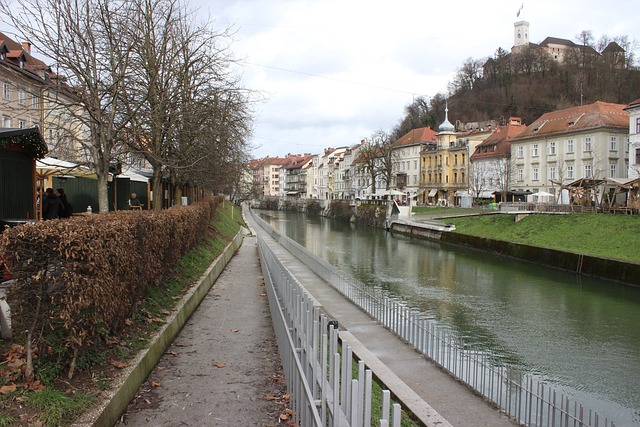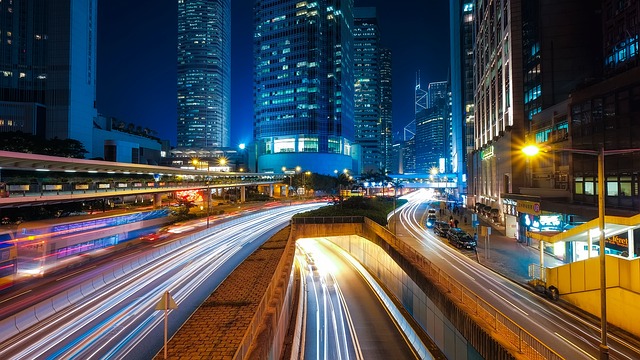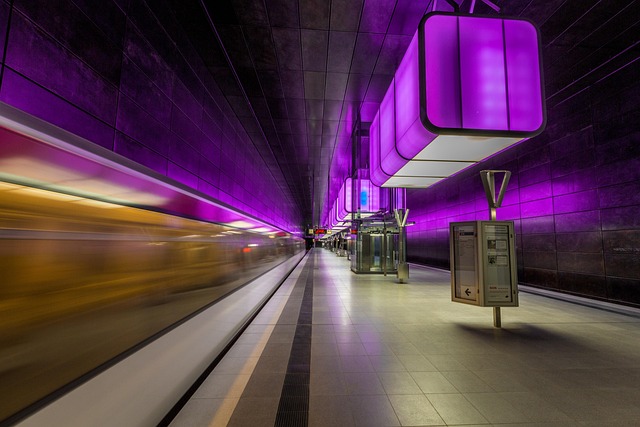Karachi, Pakistan's vibrant metropolis, offers a unique blend of history and modernity alongside challenges like air pollution in areas like Gadap Town. Primary contributors include vehicle emissions, industrial activities, construction, and domestic fuel burning. The Air Quality Index (AQI) helps monitor these issues, impacting residents' health. However, Karachiites are proactive, with measures like wearing masks and staying informed. A comprehensive strategy is underway to combat pollution in Gadap Town through cleaner transportation, urban greenery, community engagement, and stricter industrial regulations, aiming for a healthier, sustainable future for the city.
Karachi, Pakistan’s bustling metropolis, faces significant challenges regarding air quality, particularly in areas like Gadap Town. This article delves into the intricate details of the Air Quality Index (AQI) and its impact on residents’ lives. We explore the factors contributing to poor air quality in Gadap, including industrial emissions and vehicular pollution. By analyzing current AQI levels, we highlight their effects and propose initiatives for improvement. Discover actionable solutions to enhance the livability of this vibrant city, Karachi.
- Understanding Air Quality Index (AQI) in Karachi
- Factors Affecting Air Quality in Gadap Town
- Current AQI Levels and Their Impact on Residents
- Initiatives and Solutions for Better Air Quality in Karachi's Gadap Town
Understanding Air Quality Index (AQI) in Karachi

Factors Affecting Air Quality in Gadap Town

Air quality in Gadap Town, like many urban areas in Karachi, is influenced by a multitude of factors. One of the primary contributors is vehicle emissions, given the high density of traffic and an increasing number of private vehicles in the region. The dense network of roads and highways, especially during peak hours, results in long queues of cars, trucks, and buses, all releasing pollutants into the air.
Industrial activities also play a significant role. Karachi hosts several manufacturing plants and factories that release various pollutants, including particulate matter (PM2.5 and PM10), nitrogen oxides, and sulfur dioxide. In addition, construction sites contribute to air pollution through dust emissions, while domestic sources such as burning of solid fuels for cooking and heating further degrade the air quality. Weather conditions, particularly stagnant atmospheric conditions during the winter months, can trap pollutants, leading to higher levels of air pollution in Gadap Town.
Current AQI Levels and Their Impact on Residents

In Karachi, the Air Quality Index (AQI) serves as a critical metric for gauging the city’s air health and its immediate impact on residents. The current AQI levels in Gadap Town, a bustling area in Karachi, often reflect the city’s complex mix of industrial emissions, vehicular pollution, and construction activities. When AQI values surge, particularly during peak pollution seasons, it directly affects the well-being of locals. High AQI levels can trigger respiratory issues, aggravate asthma, and cause discomfort for individuals with cardiovascular problems.
Karachi’s residents are increasingly becoming aware of the importance of monitoring AQI to protect their health. They take precautions like wearing masks when outdoor air quality is poor, adjusting indoor environments to minimize exposure to pollutants, and staying informed about daily AQI updates. These proactive measures reflect a growing understanding that air quality directly influences the overall quality of life in a metropolis like Karachi.
Initiatives and Solutions for Better Air Quality in Karachi's Gadap Town

In Karachi’s Gadap Town, several initiatives and solutions are being explored to combat air pollution and improve overall air quality. Local communities and governmental bodies have recognized the urgency of addressing this pressing issue. One key strategy involves promoting cleaner transportation options, such as electric vehicles and public transit, to reduce emissions from road traffic. Additionally, there is a focus on greening the city by increasing urban greenery and planting more trees, which not only absorbs pollutants but also provides a cooler microclimate.
Community engagement plays a vital role in these efforts. Educative campaigns aim to raise awareness about the impact of air pollution and encourage responsible practices among residents. Local businesses are also being incentivized to adopt eco-friendly practices, while industrial sectors are subject to stricter regulations to minimize their environmental footprint. These collective actions hold promise for transforming Gadap Town into a healthier and more sustainable urban environment, setting an example for other areas in Karachi and beyond.
The air quality index (AQI) in Gadap Town, Karachi, highlights the urgent need for improved environmental management. By understanding the factors impacting air quality and implementing effective initiatives, residents can collectively work towards a healthier future. Raising awareness, promoting sustainable practices, and fostering collaboration between local authorities and communities are key steps to enhancing the AQI in this vibrant city. These efforts will not only benefit the health of Gadap Town’s inhabitants but also contribute to the overall environmental sustainability of Karachi.



